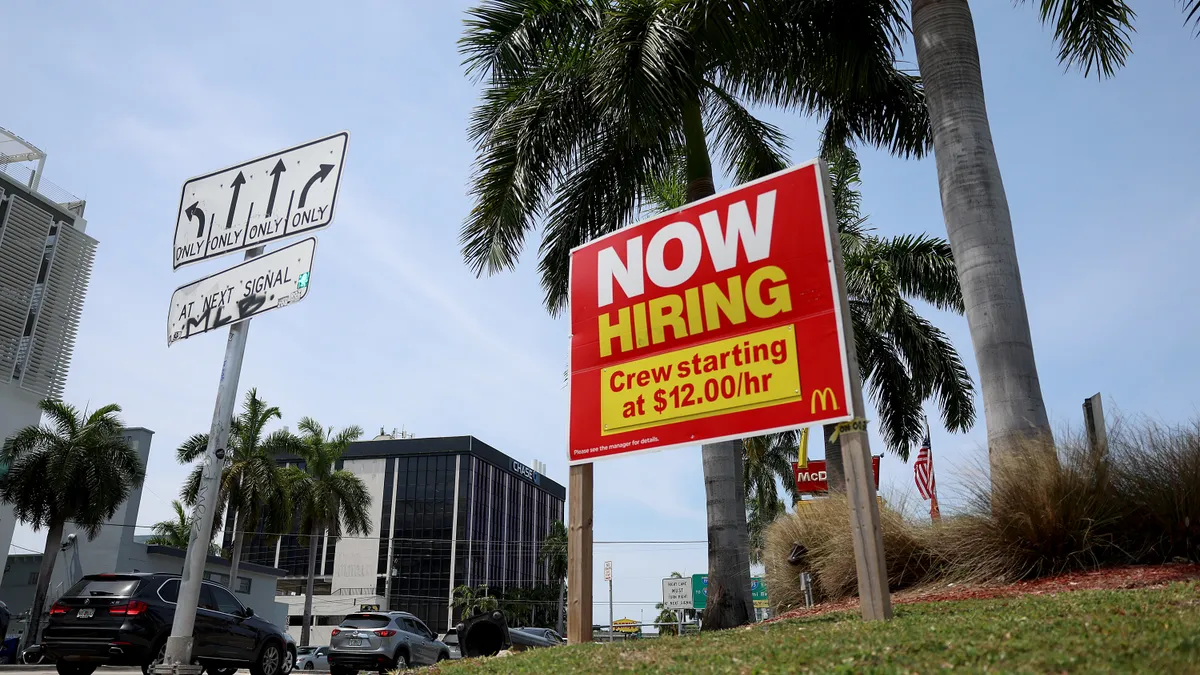In mergers and acquisitions, buyers today are seeking mainly to protect themselves from technological obsolescence rather than to boost revenue and profits. And in many of those deals, integration works better over the long term than setting up a holding company, acquisition experts said.
"The big thing we are seeing right now is every board room is concerned about digital disruption because a business line that is working today may not be working tomorrow," said Kison Patel, founder and CEO of DealRoom, a developer of software to manage M&As.
He said many businesses are buying firms to survive and thrive technologically because solutions can't be created in-house quickly or cost-effectively enough.
A survey released in early February by Bain & Company supports this idea. It found 60% of M&A deals of $1 billion or more last year were those in which the buyer seeks to expand its product or service offerings faster and less expensively than it could on its own — an increase from 50% in 2018 and 40% five years ago.
With these types of deals, integration is usually the best long-term option, although putting the acquisition in a holding company temporarily can sometimes make sense, Mark Herndon, incoming chairman of the M&A Leadership Council, told CFO Dive.
"The rule of thumb is, the farther you are from home in geography or differences in tech or from your core business, the more you're going to have to incubate before you integrate," Herndon said. That’s especially the case if there are legal liability issues that could spill over to the buyer after acquisition.
Structure is key
How you structure a merger or acquisition is a driving factor in whether the deal turns out to be an example of two plus two equals six — or zero.
While the outcome depends on factors unique to the combination of the two companies, giving serious thought to the tax, corporate law and human resources implications can help push the end result to six.
If it’s a scale deal, in which the buyer is trying to get bigger in its current line of business and achieve cost savings through economies of scale, integration is the choice that typically makes the most sense, Herndon said.
"We don’t need two CFOs, two controllers," he said. "And the elimination of a competitor is a key objective … They’re buying someone just like themselves."
In a scope deal that moves your company into a new technological or other product or service area, the cultural differences between the two companies is a key consideration in whether you integrate immediately or create a holding company, said Duncan Smithson, senior M&A director with consulting firm Willis Tower Watson.
If the leadership of the target is weak, your firm may be well advised to integrate immediately and jettison the management of the target as a potential liability with the belief your firm’s management could boost its bottom line, he said.
However, if the target has a powerful executive team, then a temporary holding company might be the way to go, he said.
The problem is getting an accurate read on the quality of the target’s top ranks.
"Sometimes people put on their best face in due diligence and the buyer doesn’t uncover underlying problems with the leadership until the deal is done," Smithson said.
Temporary solution
IBM’s $30 billion acquisition of open-source software company Red Hat last year is an example of how a temporary holding company can help smooth over cultural differences, Smithson said.
"Trying to force Red Hat to change its culture to the IBM model would have been a bridge too far," he said. "It would have destroyed the value of the acquisition, because the guiding philosophies and the reason their workers got up in the morning were so different."
On the other hand, integrating Bayer Animal Health with buyer Elanco Animal Health made sense from a culture standpoint, he said.
While Elanco focused on drug research for farm animals and Bayer on pharmaceutical research for pets, their medical and scientific talent probably went to the same specialized college programs in Europe and the U.S. and therefore likely used similar research and other processes.
What’s more, Elanco saw the merger as a way to get into the growing area of drugs for pets at a time when its value was diminished because of activists’ concerns over animal antibiotics getting into the human food chain.
More everyday factors can weigh against the holding-company model, too.
If the acquirer purchases a minority stake in the target, Smithson said, there could be issues with health insurance and pension plan requirements under the Employee Retirement Income Security Act (ERISA), since the acquirer might not be able to pass the benefits along to those in the holding company.
Those kinds of issues are practical, not cultural or strategic, but they can nevertheless make a big difference in the approach you take.



















